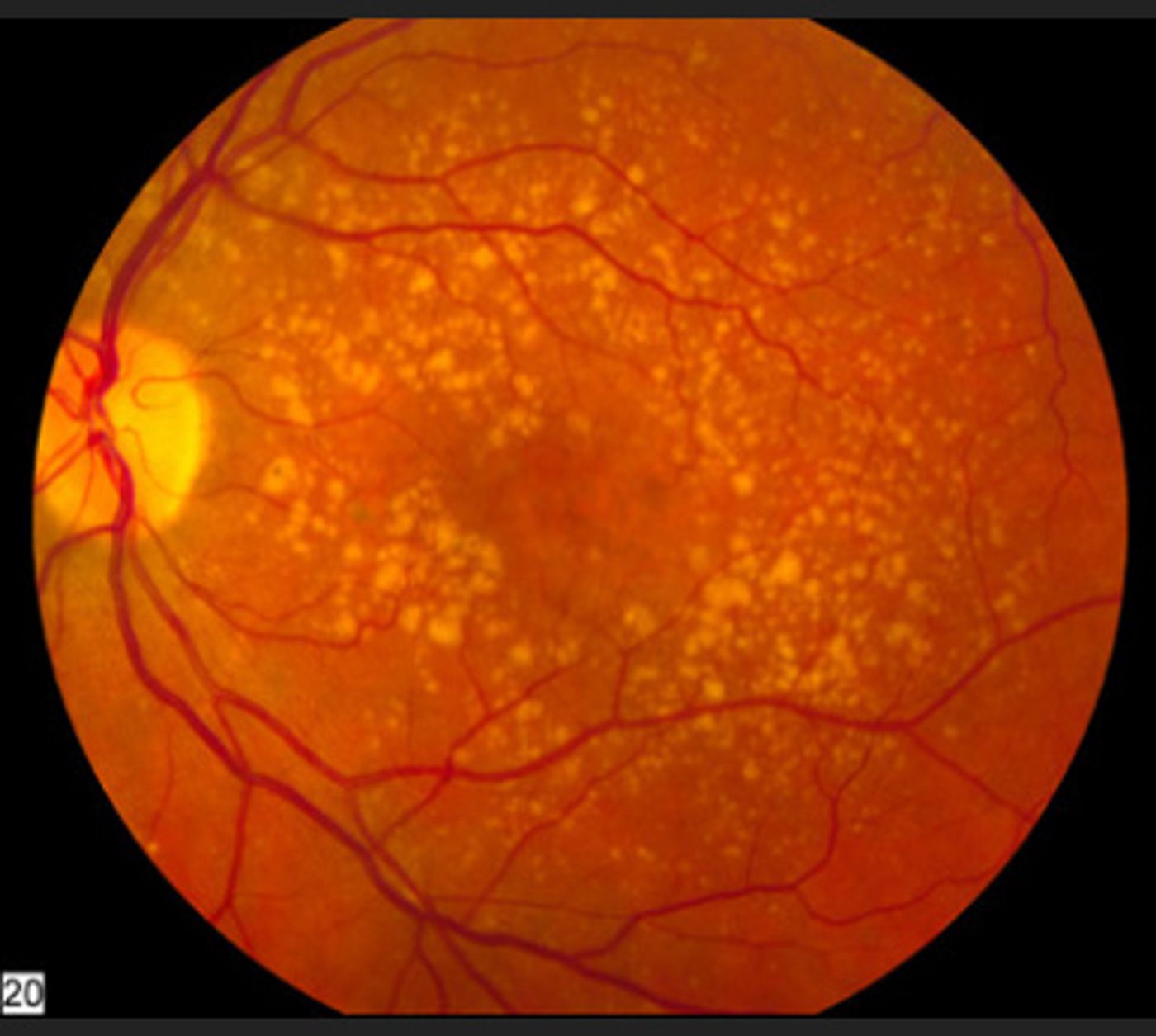Researchers at the University of Wisconsin - Madison have discovered a new protein that provides a critical link between macular degeneration, an eye disease affecting people over 55, and the molecular process of aging. In
work reported in the open-access journal eLife, the scientists have shown that Transmembrane 135 (Tmem135) plays a role in the regulation of mitochondrial dynamics and by extension, in aging. If you would like to know more about age-related macular degeneration, check out the video below from Mayo Clinic.
"Age-related macular degeneration (AMD), which affects roughly 11 million people in the US alone, usually leads to loss of central vision - what you see when you look straight ahead - in both eyes. The vision becomes more blurred as time goes on, making it more difficult to read and even recognize people," said the senior author of the work, Akihiro Ikeda, Professor of Medical Genetics and RRF Walter H. Helmerich Research Chair of the McPherson Eye Research Institute at the University of Wisconsin-Madison.
"There is currently no cure for AMD, of which there are two types: wet AMD and dry AMD, and no proven medical treatment is available for dry AMD which affects about 90% of overall patients. Our study presents Tmem135, or the consequences of its defect, as potential new therapy targets for AMD and similar retinal conditions that occur later on in life,” explained Ikeda.
Tmem35 has been previously linked to fat storage and longevity in the roundworm, but not much is known about it. Ikeda and his team utilized mouse models that model retinal dysfunction that is similar to what is seen in normal old mice, but with both an earlier onset and quicker development of the disorder. It was found through genetic mapping of these mice that a mutation in the Tmem135 gene was causing those phenotypes.
Following up on their finding, the team learned that the protein plays an important role in the regulation of mitochondrial size. Mitochondria are the powerhouses of the cell, producing energy for cellular needs.
"The regulation of mitochondrial size by Tmem135 determines the sensitivity of cells to environmental stress and the pace of aging in the retina," explained first author and postdoctoral associate Wei-Hua Lee. "On the other hand, mutations lead to higher sensitivity to such stress, showing that the protein is critical for protecting against this and for controlling the progression of retinal aging.
"Overall, the fact that a single mutation leads to both accelerated aging and causes age-dependent disease symptoms in mice confirms that these processes are closely associated with each other at the molecular level. Based on our findings, Tmem135 may be a key molecule that could tip the normal aging process toward age-dependent diseases and potentially be explored for future treatments."
Sources:
AAAS/Eurekalert! via
eLife Sciences,
American Macular Degeneration Foundation,
eLife










